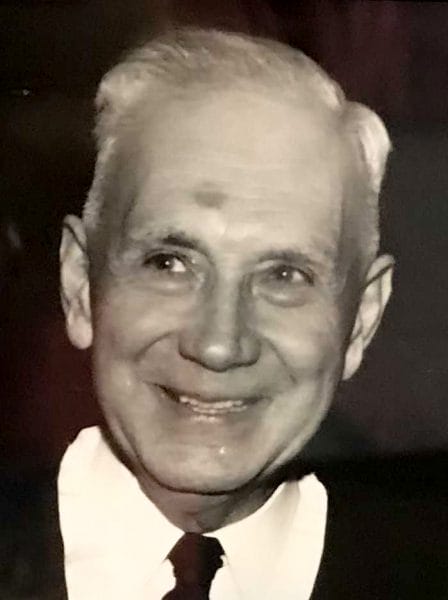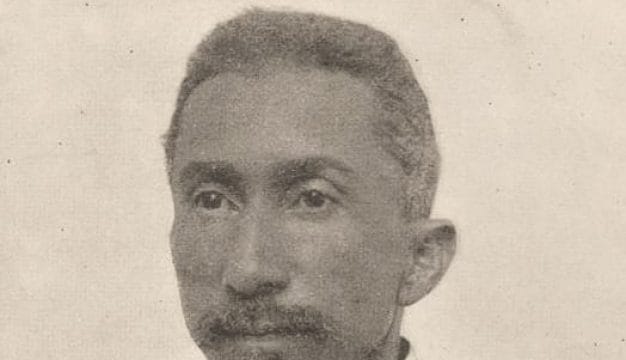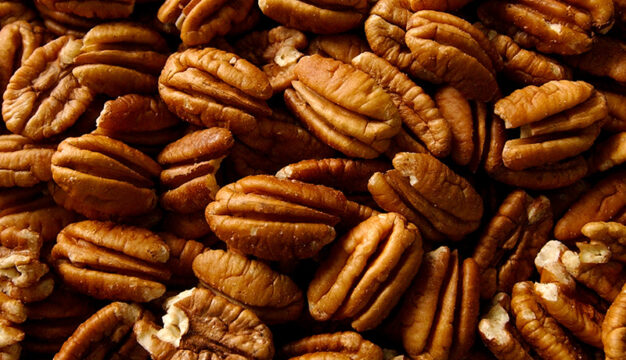LaFayette Lee Patterson
LaFayette Lee Patterson (1888-1987) was a Democratic congressman who represented Alabama's Fifth Congressional District from 1928 to 1933. Patterson was a populist and early advocate of New Deal programs during Franklin Delano Roosevelt's administration. Patterson's public service also included positions as superintendent of education of Tallapoosa County, field representative for the Agricultural Adjustment Administration, special assistant in the War Food Administration, and special advisor to the Secretary of Agriculture. A loyal Democrat, he served as a liaison officer for the Democratic National Committee in 1948 and at-large delegate to the Democratic National Convention in 1952. Having earned several college degrees rather late in life, he taught history and political science at Jacksonville State University (JSU). Patterson was brother to Alabama attorney general candidate Albert Patterson, who was assassinated while cleaning up corruption in Phenix City, Russell County, and uncle to Alabama attorney general and governor John Malcolm Patterson.
Patterson was born near the unincorporated community of Delta, Clay County, on August 23, 1888, to Robert Delona Patterson and Mary Green Sorrell Patterson. He was one of six children. During his childhood years, Patterson mostly worked on the family farm. He would later teach in one-room schoolhouses. In 1914, he married Nancy J. Mann, with whom he would have five children. At 30 years old, Patterson entered Jacksonville State Normal School (present-day JSU), then a teacher training college, and graduated in 1922. He then earned a degree from Birmingham-Southern College in 1924 and a master's degree from Stanford University in California in 1927. Patterson also served as the superintendent of education in Tallapoosa County from 1924 to 1926.
In November 1928, Patterson was elected to replace Congressman William Bismarck Bowling and represent the Fifth District in the Seventieth Congress. At the time, the district consisted of Autauga, Chambers, Clay, Coosa, Elmore, Lowndes, Macon, Randolph, and Tallapoosa Counties with a population of roughly 231,500 inhabitants. Bismarck's seat had become vacant after he resigned the previous August, when he was appointed judge to the Fifth Judicial District by Gov. David Bibb Graves. Patterson was also elected at the same time to the Seventy-first Congress and won reelection in 1930 to the Seventy-Second Congress. During his tenure in office, Patterson served on the Accounts, Education, Patents, and Post Office and Post Roads Committees. He was a moderately progressive Democrat in the House. Most of his major concerns included issues important to his constituents, such as the failed Farm Relief Bill, which he saw as a necessity to protect vulnerable farmers when agricultural commodity prices began falling in the 1920s presaging the Great Depression. Likewise, Patterson argued for a price increase on graphite imports, noting costs of Alabama labor in comparison to other regions of the world. He also introduced a bill to add five-year extensions to apply for veterans' compensation for World War I veterans. Patterson, a farmer himself, voted for the 1929 Agricultural Adjustment Act that created the Federal Farm Board, which lent money to farmers and bought up surplus cotton to maintain reasonable prices. He also openly called for the board to help Alabama cotton farmers, who were facing sharp decreases in cotton prices. He urged famers and related business to organize themselves as protection from drastic price fluctuations in the cotton market. He joined with the rest of the Alabama delegation in voting for the Federal Reserve Act of 1932, or Glass-Steagall Act of 1932, which enabled banks to borrow from the Federal Reserve and stave off closures during the Great Depression. This legislation became part of the more well-known Glass-Steagall Act of 1933 that established the Federal Deposit Insurance Corporation and enacted other banking reforms. Both bills were co-written by Dale County native Henry B. Steagall, who represented Alabama’s Third Congressional District for 14 consecutive terms. In 1932, Patterson lost his bid for reelection in the Democratic primary to sitting representative Miles C. Allgood following the redistricting of the Fifth District. Then a lame duck, Patterson, along with George Huddleston Sr. of the Ninth District, voted to repeal the Eighteenth Amendment that had established Prohibition. He left Congress in March 1933. Following his tenure in the House, Patterson parlayed his congressional and farming experiences into working as a field representative for the Agricultural Adjustment Administration, which aimed to control prices by reducing crop yields. In 1943, he became a special assistant to the War Food Administration that was formed to ensure an adequate food supply during World War II. He was a special advisor to the Secretary of Agriculture from 1945 to 1947. From 1948 to 1951, Patterson was an assistant professor of history at what was then Jacksonville State College. He also served as a liaison officer for the Democratic National Committee in 1948 and an at-large delegate to the Democratic National Convention in 1952, when the party nominated Adlai Stevenson for president and Alabama senator John Sparkman for vice president. That year Patterson moved to Raleigh, North Carolina, and started a travel business with his wife, which they ran until 1965. The couple then moved back to Alabama, and Patterson resumed his teaching career at JSU, as well as at Athens State University, present-day Southern Union State Community College, and Anniston Academy (present-day Donoho School). A resident of Montgomery, Montgomery County, in his final years, Patterson died on March 3, 1987, in Birmingham and was interred at Bethlehem Cemetery in New Site, Tallapoosa County.






